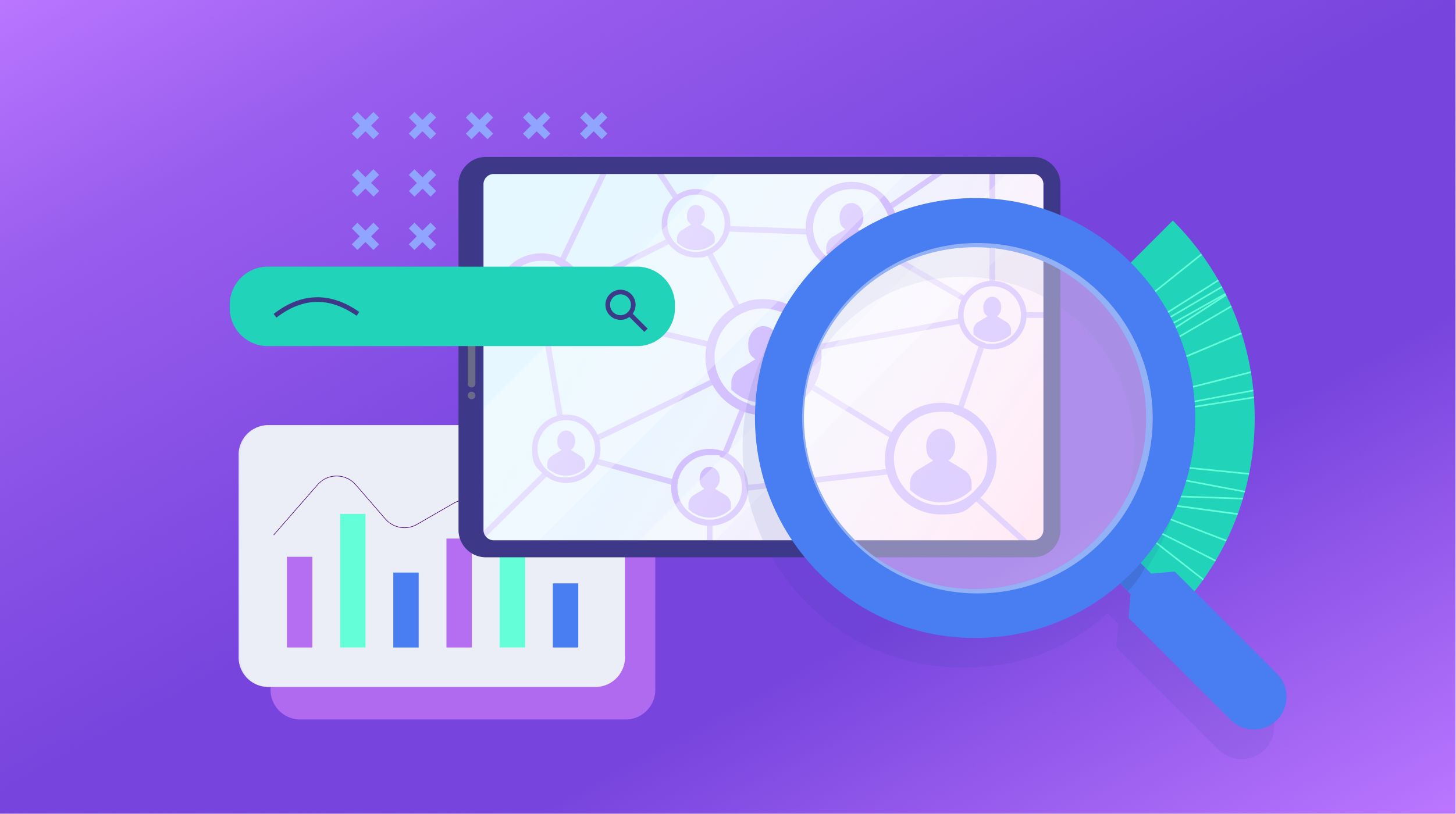Google Answers Advertisers’ Burning Questions About FLoC via @hoffman8
Google's Ginny Marvin answers questions about the decision not to build alternate identifiers to replace third-party cookies. Find out what it means for advertisers. The post Google Answers Advertisers’ Burning Questions About FLoC via @hoffman8 appeared first on Search...

We now know Google will not build out alternative identifiers to track individuals as they browse the web.
While Google’s March 3 announcement may not have come as a huge surprise, it did raise a lot of questions with advertisers as to what features they would lose and what future targeting options might look like.
Ginny Marvin, Google’s Ads Product Liaison, was gracious enough to answer some of those burning questions for us.
It seems like there’s a lot of confusion around the Privacy Sandbox. Could you explain the privacy sandbox in layman’s terms?
Ginny Marvin (GM): The Privacy Sandbox was announced by Chrome in August 2019 (a ‘Sandbox’ is a testing environment). It is an effort to develop a set of standards in collaboration with the open web community to support a new approach to digital advertising that is privacy-centered. This approach doesn’t rely on third-party cookies.
As part of the Privacy Sandbox, there are currently a set of proposed APIs to support various monetization use cases such as interest-based advertising, ads measurement, reporting and other scenarios.
Advertisement
Continue Reading Below
The API you’ve likely heard about most is called FLoC (Federated Learning of Cohorts). It is designed to enable interest group advertising without needing individual user profiles.
Users can be added to interest groups (cohorts) based on their browsing history, but the big difference is that cohorts are built within the browser using on-device processing to keep a person’s web history private on the browser. Recent results from tests of FLoC to reach in-market and affinity Google Audiences, for example, have proven comparable to third-party cookie signals.
You can see the work that’s happening collaboratively with the industry on the various API proposals in forums like the W3C.
How will advertisers be impacted by Google’ recent announcement that it won’t be building alternate identifiers to replace third-party cookies in 2022?
GM: The impact is that Google Ads buying tools are not planning to build or use new identifiers including PII that track individuals as they browse across the web once support for 3rd party cookies is phased out.
Advertisement
Continue Reading Below
Instead our web offerings will be powered by the Privacy Sandbox. Where there is not a first-party relationship, Google Ads buying tools will use APIs from the Privacy Sandbox to enable relevant ads and measure effectiveness. There is still work and testing to be done, but the aim is to continue to deliver advertiser outcomes and publisher monetization while prioritizing user privacy.
For audience targeting options that will be impacted, can you share insights into how they are being impacted and what they might look like in the future?
GM: Marketers will be able to use their own technology to identify high value FLoC IDs (each FLoC cohort will have an ID associated with it), and we expect ad tech platforms (including Google Display & Video 360) will accept such ID lists as seed lists for targeting and audience expansion.
The product design for these functions is in early stages, and we’ll be working with industry partners and clients to gather feedback as designs progress in Q1 and Q2 this year.
Q: Will website remarketing still be available for advertisers in 2022?
GM: One of the more lively discussions in the W3C regarding the Privacy Sandbox is how to enable the remarketing use case without the use of third-party cookies.
Last year, Chrome first introduced the TURTLEDOVE proposal to allow an advertiser, publisher or ad tech company to leverage their own first-party data, such as consumers who visited their website, to inform ads a consumer might see.
Chrome’s new FLEDGE proposal (First “Locally-Executed Decision over Groups” Experiment) expands on TURTLEDOVE by including a way for on-device bidding algorithms to use additional information from a new trusted server designed for this sole purpose.
User data, including browsing history, remains shielded (within the device) from buyers and sellers. This first experiment is expected to ship during 2021.
Will advertisers ability to report on in-market audiences, affinity audiences or placements be impacted?
GM: Our intention is to still allow marketers to get the relevant reporting they need in order to make critical business decisions. More to come on this in the future.
Advertisement
Continue Reading Below
Can you explain how advertisers will be able to create interest groups and what some of those criteria might look like?
GM: The central idea for the current FLoC is that the browser creates cohorts of users to ensure they cannot be identified individually. It looks for clusters of similar recent browsing activity to group people into cohorts of similar interests.
Advertisers can also use their own machine learning algorithms and predictive analytics capabilities to make decisions on what audiences or interests or cohort IDs might represent.
FLoC is aimed at giving advertisers the same capabilities that they had with third-party cookies, but the big difference is the privacy focus on doing this based on cohorts rather than individuals.
Can you share any detail on how granular will cohorts be?
GM: FLoC cohorts are still being tested, but they are based on general web interests indicated by recent browsing behaviors.
We expect to begin testing FLoC-based cohorts with advertisers in Google Ads next quarter.
Advertisement
Continue Reading Below
How frequently will those cohorts be updated?
GM: Cohorts are dynamic and will update every seven days during the initial trial.
As a person’s browsing behavior changes, their browser will assign them to a different FLoC cohort that reflects those interests.
For example, at one point they might be in a FLoC cohort with thousands of other people who have also recently visited websites about gardening and travel overseas, and then at another point in time they could be in a group of people who have recently visited sites about art supplies and cooking.
Do you see Google offering a third-party audience exchange in the future? In some of the documentation it references publishers abilities to sell audiences to advertisers – would Google Ads broker this functionality?
GM: We plan to deepen our support for solutions that build on direct relationships between consumers and the brands and publishers they engage with.
How will this impact reporting in Google Analytics? (In particular, the audiences report as well as demographics such as in-market and affinity audiences.)
GM: Google Analytics will continue to allow customers to bring in their first-party data, which they can use on their own or join with Google data.
Advertisement
Continue Reading Below
The primary change is that Google Analytics will not enable customers to do view-through conversion (VTC) measurement on third-party network inventory
Is there anything else that advertisers should know?
GM: The aim is to develop a sustainable, long-term solution that protects user privacy by keeping data on-device and gives advertisers and publishers solutions to succeed in a privacy-first world. There are still details to address and testing to do as we work with the industry.
Cookies aren’t going away just yet, and we know there are questions we can’t answer yet because Privacy Sandbox is still in development. We will continue to share more as work progresses.
For Google Ads, the next step is to begin testing FLoC-based cohorts with advertisers next quarter.

 FrankLin
FrankLin 































